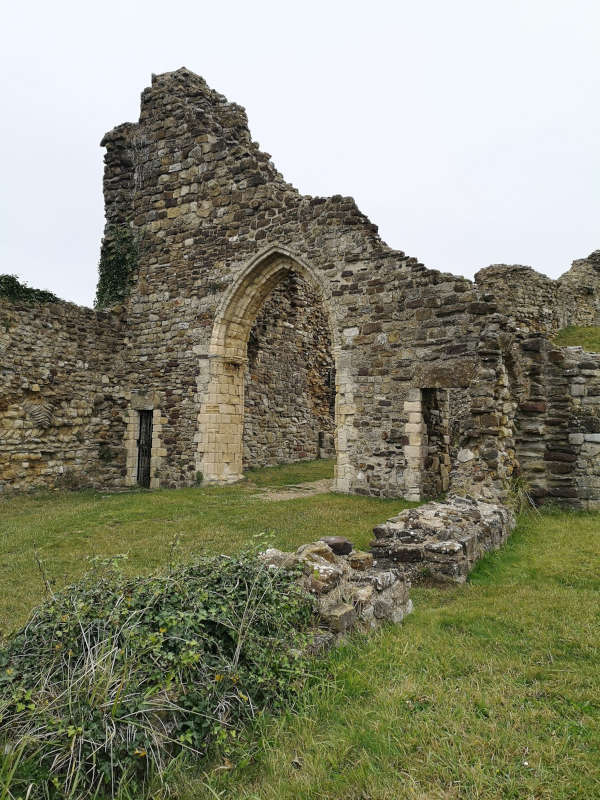 Client: Hastings Borough Council
Client: Hastings Borough Council
Hastings Borough Council is undertaking a project to transform Hastings Castle into a must-see attraction. This project sits at the heart of the Hastings Town Investment Plan and aims to bolster the borough’s visitor economy offer.
Along with Rubicon Regeneration we were commissioned as part of the LGA’s Economic Growth Advisers programme to undertake a study to enable the council to develop a robust business case for the Hastings Castle project, specifically through: An analysis of what attracts visitors to existing heritage destinations; qualitative research on what visitors like/dislike about the current offer engagement with heritage organisations from across 1066 Country how the castle could feed into the national curriculum and understanding the development ‘red lines’.
There are a number of challenges in terms of realising this ambition, including: developing a tired unloved ruin into a must-see world-class destination; creating an offer and experience that has the potential to quadruple existing visitor numbers; developing a heritage attraction that generates local pride; addressing accessibility issues and adding to the critical mass of visitor attractions to the town.
Hastings Castle is recognised as a nationally important monument and archaeological site, being designated as a Scheduled Ancient Monument and listed building. It features on the Bayeux Tapestry and was the first Norman-built castle in this country. Clearly, any development works to the castle would need to apply for Scheduled Monument Consent (SMC) and the scope and scale of the proposals for Hastings Castle mean that a strong justification and rationale for change will need to be included within the SMC process. One of the biggest challenges is how to balance the conservation requirements of a Scheduled Ancient Monument with the tourism development and investment requirements to create a ‘must-see’ attraction.
The study report sets out a series of technical papers to address these questions together with a summary section and recommendations on next steps.
The technical papers included:
Hastings Castle look-book
A look-book which was developed to outline the core project components, using heritage developments from across the UK to articulate the project concept: Making the West Hill Lift (cliff/funicular railway) the main visitor approach for the castle, and making this fully accessible; creating a new (off-site) heritage hub; providing a new footbridge from the Ladies’ Parlour to the castle and gateway entrance via the castle’s East Gate; developing a permanent all-weather visitor facility within the castle and animating the whole experience through world class storytelling and interpretation
Case study review
A best practice review of eight case study examples to identify the ingredients of what makes a ‘must-see’ heritage attraction. Examples included Scarborough Castle, Old Sarum Castle, Corfe Castle, Caerphilly Castle, Dover Castle and Warwick Castle.
Primary research
An extensive programme of primary research, which generated just under 1,000 completed responses, which represents a strong sample base. A survey was set up online and promoted via the Council’s communications channels as well as providing hard copies at key visitor ‘hubs’ in the vicinity including the Visitor Information Centre, Smugglers’ Adventure (a popular attraction close to Hastings Castle and managed by the same company) and Hastings Museum and Art Gallery
Hastings Castle, education and the National Curriculum
An assessment of education and the National Curriculum links, which confirmed: The education market is competitive and challenging; it is a changing market, and the consequences of COVID-19 continues to have a significant impact and in terms of outreach provision, there may be potential to work with the educational resource team at English Heritage at Battle Abbey to enhance the education offer.
How can we help?
If you have any questions or would like to discuss our work in the heritage sector please don’t hesitate to call Richard Linington on 07866 742628 or email richard@pslplan.co.uk
